Since 1986, the Australian Defence Force Academy (ADFA) has provided civil degrees for those who wish to join the ADF and obtain a university qualification straight out of school. There has been much debate on what this means for Army capability and how to measure the benefit relative to the cost, but what is the best way to utilise ADFA to develop an effective junior officer?
In this article, I will discuss two key benefits of the current system from a labour and behavioural economics perspective, along with two potential changes that could improve it.
Organised Chaos – an attraction mechanism
Of the three Services, Army has the least focused application of degrees. An applicant signals what degree they wish to obtain based on their ATAR. Still, ultimately, it is the University of New South Wales (UNSW), in consultation with the ADF, that approves which degree the officer cadet pursues. Is this a bad thing?
One argument is that if everyone is doing engineering degrees but then pursuing a career in the infantry, that is not value for money; engineering degrees take a year longer and have a higher failure rate than a Bachelor of Science or Arts. I contend that this position does not accurately reflect the real cost/benefit trade-off for the Army, though.
This argument fails to account for the messy realities of a military career and the requirements for an officer workforce, which is broadly educated to meet diverse challenges in an uncertain world. While the current system can be chaotic, it is organised chaos[i], and when properly managed, this organised chaos is beneficial to the organisation and the individual.
Having flexibility in selecting your degree itself is a value proposition to applicants – I did not know exactly what I wanted to do after high school. Still, I signed up to be a Cavalry officer and get a computer science degree. Through random experiences in ADFA and RMC, I ended up being a Military Police officer with a mathematics degree. We forget that as young people we were still developing and our labour choices were elastic[ii] when it came to developing our human capital.[iii] As a result, we can look at restrictions as a barrier to trying out a work system.
If we restrict this inherent randomness of human capital development, then we are putting ourselves at a disadvantage against other institutions in the human capital market. I turned down a scholarship for computer science at another institution, as the idea of doing the degree at ADFA excited me more. Having job certainty and the opportunity to serve were key factors in my decision, but if computer science weren’t an option, I wouldn't have joined.
The offer of a civil degree, plus the allure of the military experience, potentially has a greater pull on students who have been brought up with the idea that they must have a degree. However, we must acknowledge that they are in a very elastic decision window for where they will develop their human capital.
This also aligns with the corps allocation system. No one knows where they will end up in four years (except engineers and pilots), so there is no signalling mechanism[iv] to shape where an officer cadet goes outside of their desire or interactions with the military system.
Natural diversity of skill
The generally unstructured nature of degree selection gets people in the door, as it is similar to the university market with extra benefits. How does this enhance Army? Jack Cross already covers the benefits of diversity of thought through obtaining a degree[v], but the diversity of skill is something we should consider as it holistically affects someone’s career. There is value in learning systems thinking, computer languages, mathematics, or studying history from a non-military perspective to enhance the ability to apply military logic. I cannot count how many times I was able to use systems thinking to understand a problem before applying the military planning processes.
There is a focus on the point of entry into the system for non-technical trades, but not on any potential future technical needs. This is especially true at the middle of someone’s career. Despite what we are told to aspire to as young officer cadets, not everyone will be a commanding officer, or a brigade commander, or Chief of Army. I was influenced early on by a mentor who suggested I apply for long-term schooling because of my ability to use my mathematical skills to improve workplace processes. Having done a mathematics degree set me up to do an econometrics masters in the US and become a workforce modeller.
If I were funnelled into another degree at the point of entry, I would not have been eligible. This is similar for the Capability and Technology Management Course (CTMC) – someone doing a business degree at ADFA might not think about a capability career pathway until they get to senior captain/early major. This helps mid-career job transitioning as we do not need everyone to be in the command and leadership pathway, and early investment across a cohort saves higher costs later in a person’s career. This is also a retention mechanism as it opens up more opportunities by reducing the barriers to those paths.
Furthermore, there are horizons to an Army career beyond the Initial Minimum Period of Service. A diversity of academic choices doesn’t just build Army officers with broader interests, it also generates leaders in civilian industry who (after their career transition) understand the needs of the Army. Ex-serving and Reserve officers have a big part to play in building a resilient national support base, and restricting academic diversity is passing over an opportunity to educate for the long-term future. Sir John Monash was a civil engineer and led Victoria’s Electricity Commission after the war, but it did not hurt his cavalry career.
Improved Job matching
Job matching is the idea that people will seek out the best-fit job for their personal traits. [vi] This is done in the Army context through degree selection and corps preferences. This gives the system a signal of where people should end up and reduces the likelihood of job dissatisfaction and separation.
However, the Army could provide more influence on how degrees are assigned and signal to cadets which corps each degree would be favourable towards. This could look like specific degrees providing a level of competitiveness for specific jobs during corps allocations. This does not remove the choice of degrees or ultimately the allocation process, but it might nudge them towards a stream of study more favourable to Army needs. A few examples:
Signals – Computer Science, Mathematics and Information Technology.
Logistics/Transport – Business (or anyone who has ambitions to do capability pathway long term).
Intelligence – Arts with a focus on geopolitics and international relations.
Arms corps – Arts with history, ethics, and international relations.
Civil/Mechanical/Electrical Engineering General Service Officers – Engineering or business.
Pilot/Aviation – Aeronautical engineering or business for non-pilots with supply management.
This would need to be balanced against the corps preference sorting mechanism when it includes the RMC direct entry cadets and the experience at RMC. Many factors will influence preferences up to the moment of submitting them. This can consist of a cadet’s observations of instructors or gauging the corps culture – I found Military Police more appealing after observing instructor behaviours and attitudes. This must also be balanced with the risk of diluting the diversity of thought across corps, which currently benefit from a mixture of degree holders.
Addition of a Profession of Arms Degree
ADFA remains a military institution and should be distinguished by that role. Although the war college exists to ‘promote national security and build Defence capability’, ADFA could serve as a more direct pathway to studying warfare. Introducing a Profession of Arms degree would set it apart from other institutions and attract those who wish to pursue a military-focused career while earning a degree. This could signal to the organisation that these officer cadets are interested in combat arms, though it would not lock them into those paths but help staff during allocation. The process does need to be carefully managed though to avoid over-relying on degrees for allocation, which could disadvantage direct entry officer cadets.
The current ADFA system offers significant benefits by providing flexibility in degree selection and encouraging diversity of thought, which enhances both individual development and Army capabilities. Allowing applicants to choose their degrees, freely attracts a broader talent pool and promotes human capital growth during formative years. To further improve outcomes, the Army could implement targeted degree signalling to better match cadet skills with corps needs, thereby enhancing job fit and showing the value of degrees to the organisation. Additionally, establishing a Profession of Arms degree could serve as a key differentiator and attract candidates with a strong warfare focus. Overall, using these insights can help build a more adaptable, skilled, and motivated junior officer corps suited to the changing demands of military capability.
End Notes
[i] Amendola, L. (2024). Organized Chaos at Work and in School. Penn Foster. https://www.pennfoster.edu/blog/benefits-of-organized-chaos
[ii] Lewis, P. E. T., & MacDonald, G. (2002). The Elasticity of Demand for Labour in Australia. Economic Record, 78(240), 18–30. https://doi.org/10.1111/1475-4932.00036
[iii] Human capital and educational policies. (n.d.). OECD. Retrieved June 17, 2025, from https://www.oecd.org/en/topics/human-capital-and-educational-policies.html
[iv] Lee, S. (2025). The Power of Signalling in Labor Economics. NumberAnalytics, Retrieved June 17, 2025, from https://www.numberanalytics.com/blog/power-of-signaling-labor-economics
[v] Cross, J. (2018). Academic Learning Through a Military Prism. The Cove. https://cove.army.gov.au/article/academic-learning-through-military-prism
[vi] Mackey, W. (2024). Labour market matching across skills and regions in Australia. https://treasury.gov.au/sites/default/files/2024-03/p2024-495252-01-labour-market.docx#:~:text=Matching%20efficiency%20describes%20the%20rate,and%20renumeration%20of%20available%20jobs.
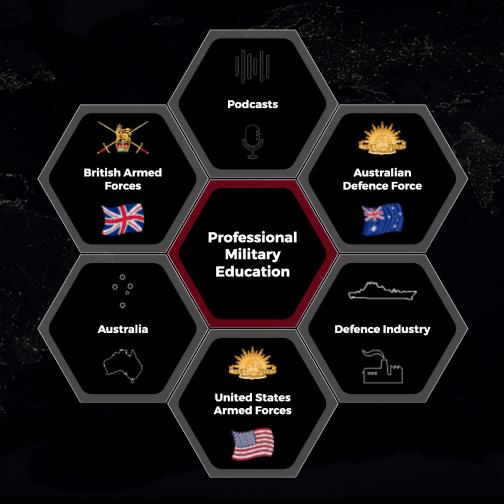
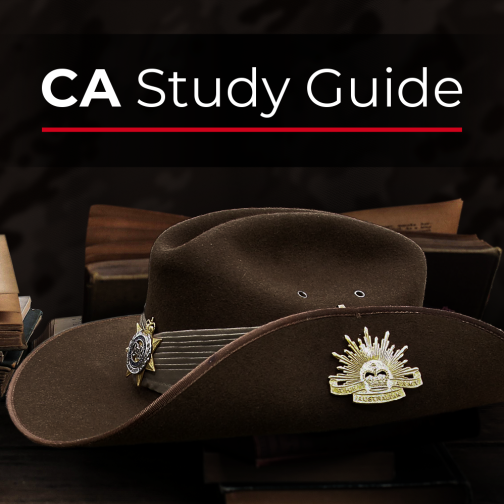

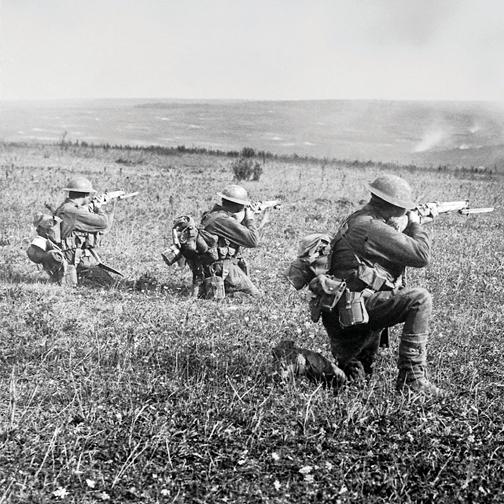
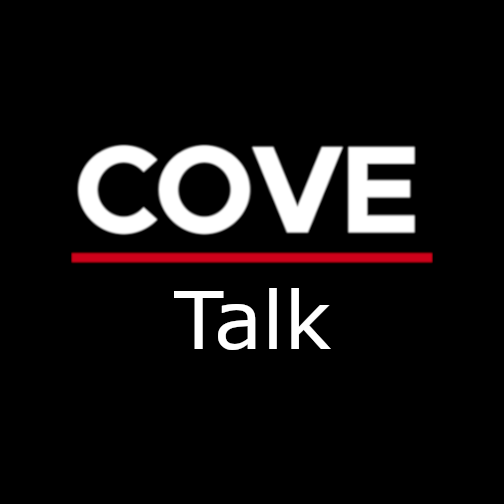

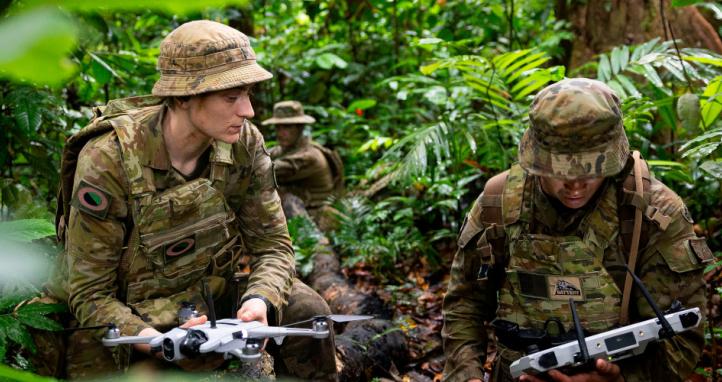
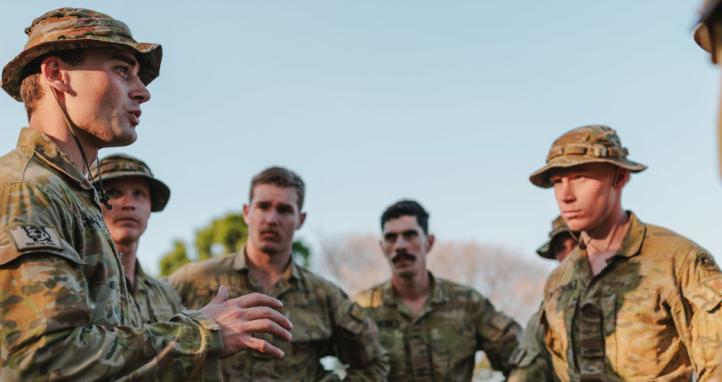
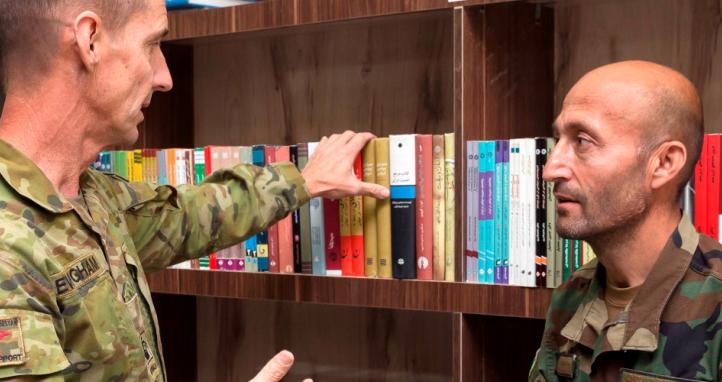

I have one question and one concern. Firstly, what do you think a a Degree in the Profession of arms would include that is not currently in a BA?
My concern is in the RMC-D corps allocation system as it is. I concede it has consistently worked (on average) but having seen it up close a couple of times at different stages in my career it is surprising how “unrigorous” it can be. We usually get away with it and works as good as anything else I can think of, but the views of a collection of mid to senior captains seem to have significant weight on the start of people’s career. The comment: “they won’t fit my corps” from someone with perhaps 5-7 years experience in that corps (minus their out of corps postings) and who has never commanded or reported on another officer was particularly jarring. Perhaps a few more “cadetships” based off degree would mitigate this particular problem?